Bento: one box, endless possibilities
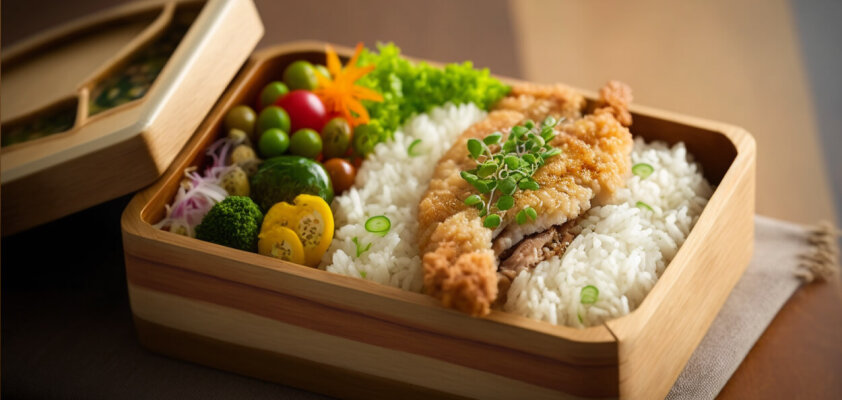
Inhaltsverzeichnis
From status symbol to school treat Bento suits every occasion It's the contents that count: What's inside the box Find the right bento box Your own bento box in just a few steps Recipe for onigiri recipe Recipe for gomae - sesame spinach recipe Recipe for Karaage - deep-fried chicken thighs recipe Recipe for Tamagoyaki - Japanese omelette recipe Recipe for Usagi Ringo - Bunny apple recipeWhat the lunchbox is for us, the Bento is in Japan: a box filled with nutritious, diverse, and healthy foods. The colorful and environmentally friendly alternative to ready-made meals and fast food is now popular worldwide – and rightfully so. Let yourself be infected by the Bento craze too.

From status symbol to school treat
Since their first day at school, a Japanese child receives a lovingly prepared Bento Box every day. What started as a way to show love and dedication to the child has now evolved into a competition among mothers: Who can make the cutest, healthiest, and most delicious Bento? Mothers sometimes invest hours to claim the title of the best lunch in the box. Panda faces, sports motifs, and popular food characters are just some of the contents that children can look forward to. The child's favorite characters add a personal touch to the box and can even encourage children to eat less favored foods like vegetables.

However, the Bento Box was not always so cute, especially not for children: Farmers, hunters, and warriors have been packing them for the journey since the 5th century. Later, Bento, both the boxes and their contents, became a status symbol. When school lunches were introduced in the 1950s and ready-made meals became prevalent, Bento lost some popularity. However, in the last two decades, it has been restored with the cute edible artworks that are still associated with Bento today. Meanwhile, the Japanese lunchbox has also gained fans internationally. It still remains what it was back then: A convenient, affordable, and tasty meal with a personal touch.
Bento suits every occasion
In Japan, the Bento Box is a staple in every household, but you don't necessarily have to fill it yourself: Specialized stores offer them pre-filled with their own specialties, and you can also buy takeout dishes in Bento Boxes from restaurants.
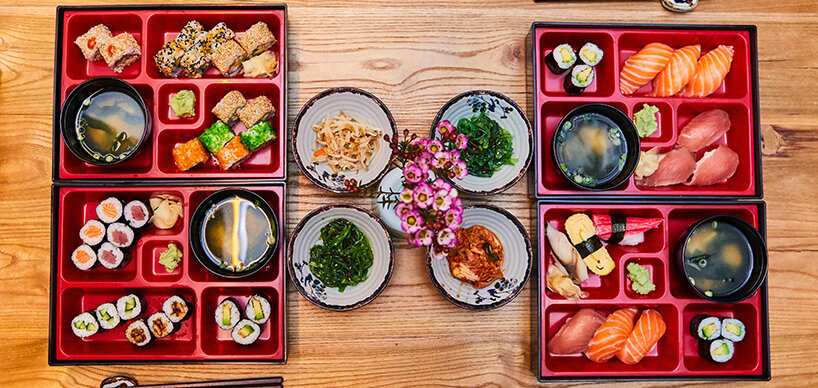
These boxes vary depending on the occasion. The elaborate and intricate versions crafted by mothers, professionals, or hobby Bento chefs are called Kyaraben: "Character Bento." The ready-to-eat and nutritious Bento Boxes for those in a hurry, available at train stations and supermarkets, are appropriately named Ekiben: "Station Bento." For picnics, people often enjoy sharing Kouraku Bento. Particularly during Hanami festivals amidst cherry blossom season, they can be bought or brought and enjoyed outdoors. On New Year's, Osechi Ryori is part of the celebration: The box containing various small dishes is called Jubako, closely resembling a Bento.
Whether from a delicatessen or a convenience store, the variety in content and quality is extensive. The most high-end ones are Makunouchi Bento, specially curated for special occasions and eaten at the table. They are served in restaurants or during formal meals in high-quality lacquerware. Whether in theaters, at events, religious festivals, in cafes, or on the street – you can find them everywhere. Bento is, above all, practical. This also aligns with the old Chinese slang word "biandang," from which the name originates. Although not everyone puts in as much effort into preparation, Bento remains an integral part of Japanese food culture.
It's the contents that count: What's inside the box
Due to the separate compartments that securely store the contents, the Bento Box provides space for a variety of dishes, which are often diverse and colorful. Not only do the dishes look different, but they also have various flavors, textures, and nutrients. All together, this creates a balanced and varied meal, compactly packed.
What goes into a Bento Box? The number one item is, of course, rice, either loosely in the box or as rice balls (Onigiri), often with seaweed and delicious fillings. You can also find it in the form of sushi: From Maki to Nigiri, there's everything. Tonkatsu – a type of Japanese schnitzel –, Ankake meatballs, Karaage (deep-fried chicken in soy sauce), all kinds of fish like grilled salmon, tofu, as well as boiled eggs or Japanese omelette Tamagoyaki, are among the items found in many Bentos. Don't forget the vegetables: Convenient carrot strips, lotus roots, soybeans, spinach in sesame sauce called Gomae, and edamame beans are popular. You can finish it off with a dessert in the form of fruit slices, berries, and small pastries.
The box doesn't have to contain many dishes: Three to five are common in everyday life. The main thing is that they please the eye and the palate. To make the ingredients attractive and easy to pack, there are various tools such as egg shapers, Onigiri molds, colorful food picks, and all sorts of creative bowls and dividers. Whether pragmatic, creative, or cute: The imagination knows no bounds.
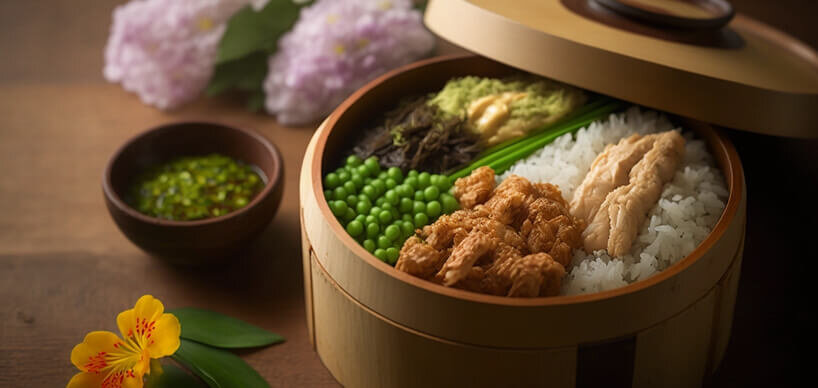
Find the right bento box
In Japan, you can find the Bento Box in every major supermarket. As diverse as Bento can be, the boxes are also versatile: they can be made of plastic, aluminum, or bamboo, with the most luxurious ones being made of lacquered wood. Keep in mind that Japanese Bento Boxes are not suitable for microwaves and dishwashers. So, if you want to buy a traditional Bento Box, make sure it is easy to maintain. Additionally, the box should be leak-proof for secure transport. Good wooden boxes may cost a bit more but have good quality and add an excellent flavor to rice as they absorb excess moisture.
They come with or without dividers. The ones without dividers make it easy to divide portions and prevent them from mixing, but they don't offer flexibility if you want to bring a simple dish. You can also use smaller containers to ensure that the dishes are securely stored when needed. Chopstick holders are another accessory that can make a Bento Box even more practical.
Bento Boxes come in all sizes, so you should be able to find one that suits your needs: from tiny boxes for individual Onigiri to models for a big appetite, everything is possible. There's a simple rule of thumb: One milliliter capacity is approximately equal to one calorie. So, a Bento Box that's too small won't be satisfying for an adult. The average guideline for a box that can accommodate a complete meal is around 600ml for women and 900ml for men. You can also determine the right size by experimenting with containers you already have: just try to fit your usual meal into it and figure out the necessary capacity.
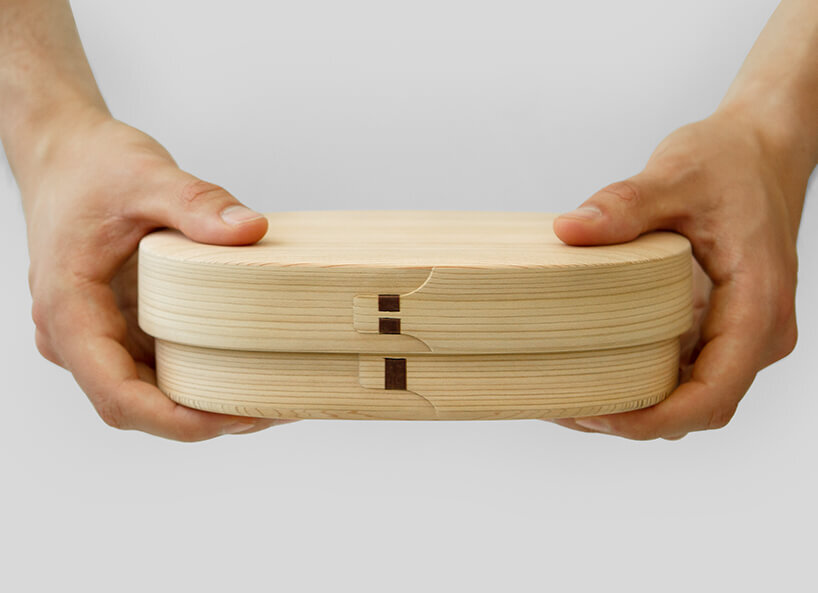
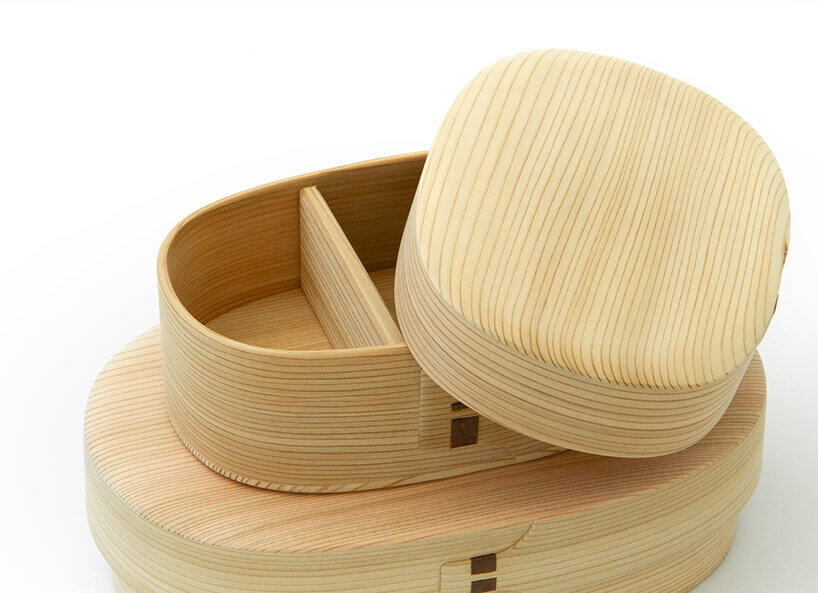
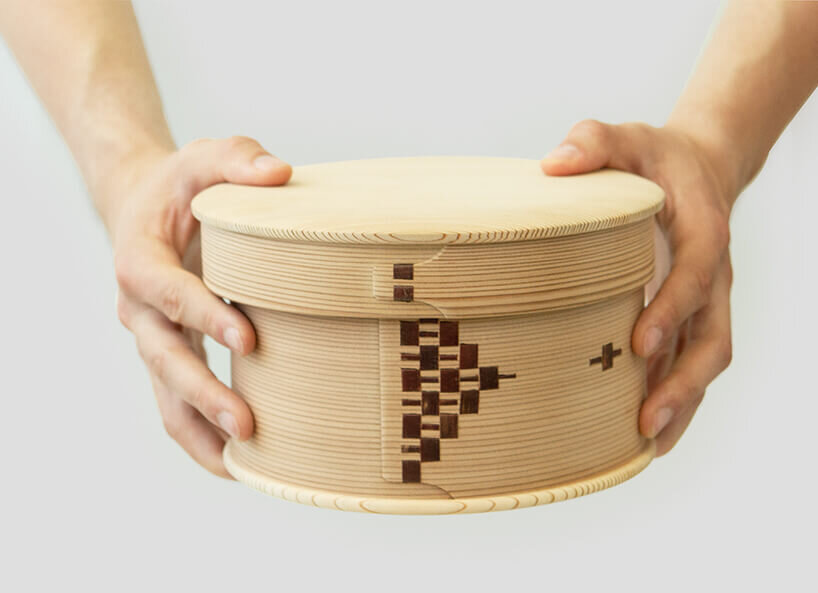
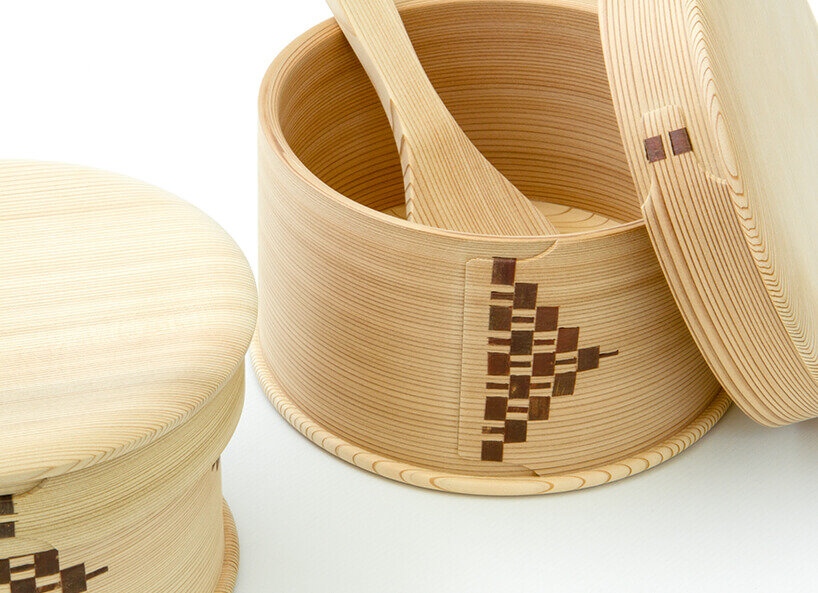
Even though you have the freedom to get creative when making a Bento Box, a few tips can ensure optimal enjoyment. Planning is everything: To save time, you can prepare Bento dishes in advance and combine them in your box. Make sure to thoroughly heat perishable foods for safe consumption before packing and allow them to cool. Bento is usually not refrigerated or reheated before eating, meaning the contents must be shelf-stable and enjoyable at room temperature. It's essential to separate cold and warm as well as dry and moist ingredients when packing to keep them fresh.
Individual compartments or containers in the Bento Box can help in setting the right amount for each dish and storing sauces. This way, you can easily divide handy and bite-sized portions that are best eaten with chopsticks. Naturally, the content should be healthy. But with all efforts, one should not forget the most important rule: The Bento Box should taste good above all!
The eyes feast too: This is especially true for the Bento Box. Therefore, you can enhance the taste, even with little cost and effort, by choosing foods of different colors. The flavors should also be as diverse as possible – that's what makes the Japanese box so special. Through skillful arrangement, you can make the box visually appealing and irresistible by adding a bit of decoration here and there. Be creative!
Your own bento box in just a few steps
Recipe for Onigiri
 2 personsNo. of persons
2 personsNo. of persons
 ca. 40 minutesTotal Time
ca. 40 minutesTotal Time
 easyLevel of difficulty
easyLevel of difficulty
 main mealDish
main mealDish
 ca. 200kcal per rice ballCalories
ca. 200kcal per rice ballCalories
 Fish
Fish
 Kitchenware
Kitchenware
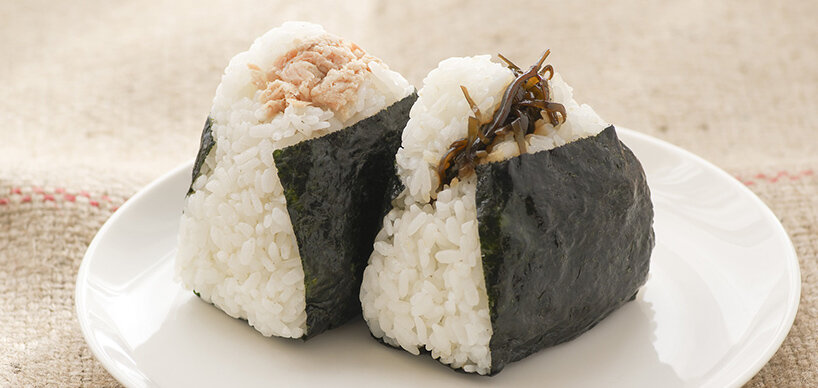
|
1 1/2
cups round grain rice
|
|
2-3 leaves
Nori seaweed
|
|
Salted salmon
|
|
Sour umeboshi plums
|
|
Wakame seaweed
|
|
Dried bonito flakes (Katsuoboshi)
|
|
soy sauce
|

Recipe for gomae - sesame spinach
 2 personsNo. of persons
2 personsNo. of persons
 ca. 30 minutes Preparation time
ca. 30 minutes Preparation time
 ca. 45 minutesTotal Time
ca. 45 minutesTotal Time
 easyLevel of difficulty
easyLevel of difficulty
 main mealDish
main mealDish
 200kcal per portionCalories
200kcal per portionCalories
 Vegetarian
Vegetarian
 Alcohol
Alcohol
 Kitchenware
Kitchenware
|
200g
Spinach (fresh or defrosted)
|
|
1/2 tsp
sake
|
|
1/2 tsp
mirin
|
|
3 tbsp
white sesame seeds
|
|
1 1/2 tbsp
soy sauce
|
|
1 tbsp
sugar
|

Recipe for Karaage - deep-fried chicken thighs
 2 personsNo. of persons
2 personsNo. of persons
 approx. 40-60 minutes preparation time Preparation time
approx. 40-60 minutes preparation time Preparation time
 ca. 15 minutesTotal Time
ca. 15 minutesTotal Time
 easyLevel of difficulty
easyLevel of difficulty
 main mealDish
main mealDish
 ca. 800kcal per portionCalories
ca. 800kcal per portionCalories
 Meat
Meat
 Kitchenware
Kitchenware
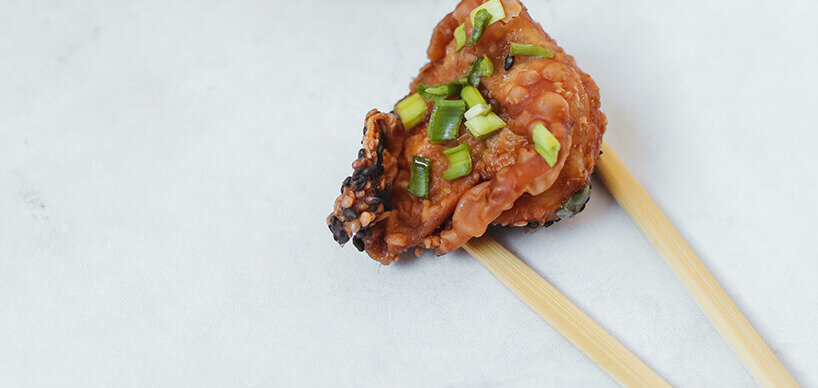
|
4
Chicken thighs
|
|
2 tbsp
sake
|
|
1 tbsp
soy sauce
|
|
¼ tsp
salt
|
|
1-2 tsp
grated garlic
|
|
1-2 tsp
grated ginger
|
|
250g
flour
|
|
250g
corn starch
|
|
Frying oil
|

Recipe for Tamagoyaki - Japanese omelette
 1 personNo. of persons
1 personNo. of persons
 10Total Time
10Total Time
 easyLevel of difficulty
easyLevel of difficulty
 main mealDish
main mealDish
 ca. 200kcal per portionCalories
ca. 200kcal per portionCalories
 Vegetarian
Vegetarian
 Eggs
Eggs
 Kitchenware
Kitchenware
|
1
large egg
|
|
1/4 tbsp
soy sauce
|
|
1 tsp
crystallized sugar (to taste)
|
|
1 tbsp
neutral vegetable oil
|
|
¼
Nori leaf (or other filling of your choice)
|

Recipe for Usagi Ringo - Bunny apple
 1 personNo. of persons
1 personNo. of persons
 ca. 5 minutesTotal Time
ca. 5 minutesTotal Time
 easyLevel of difficulty
easyLevel of difficulty
 snackDish
snackDish
 ca. 100kcal Calories
ca. 100kcal Calories
 Vegan
Vegan
 Vegetarian
Vegetarian
 Gluten-free
Gluten-free
 Lactose-free
Lactose-free
 Kitchenware
Kitchenware

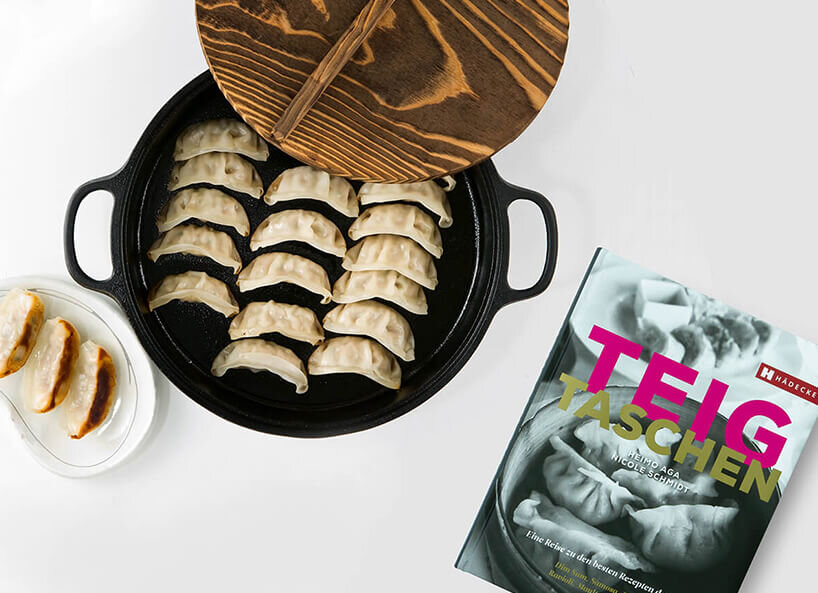
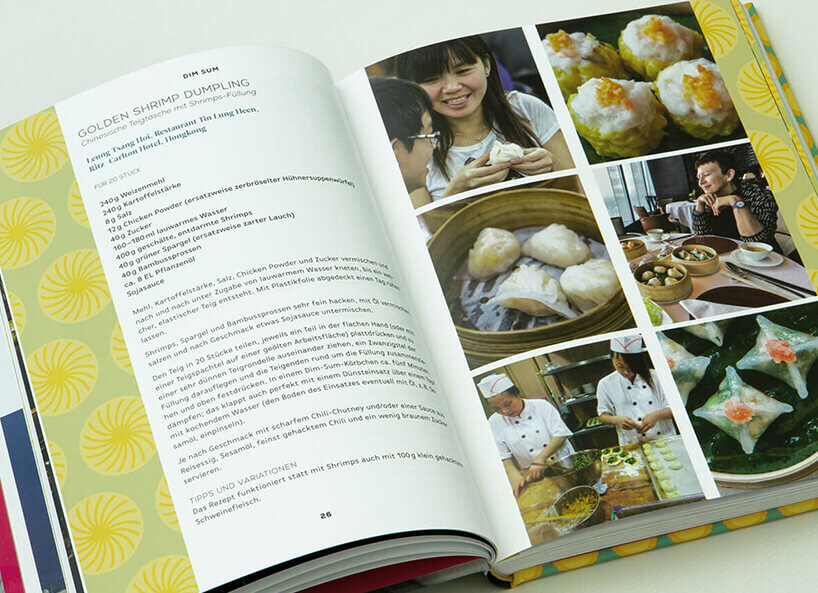
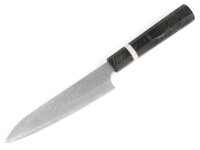
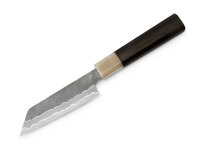
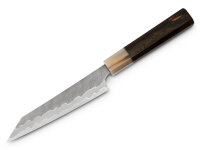
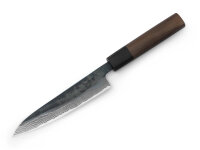
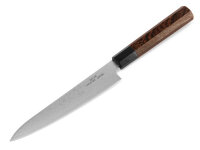
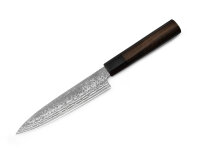

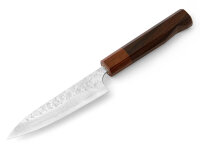
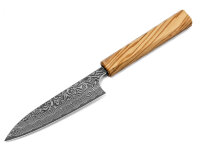
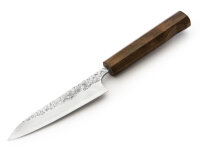
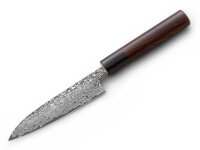
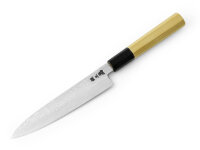
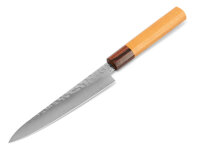
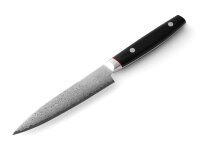
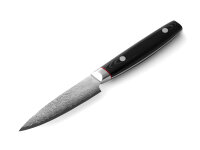
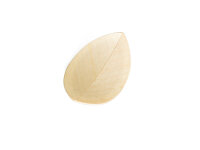
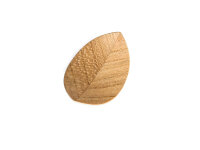
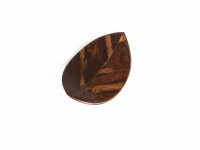
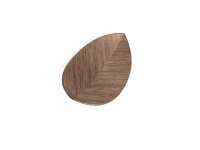
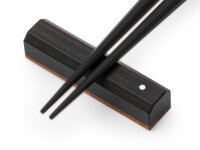
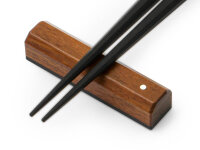
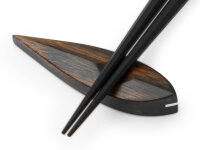
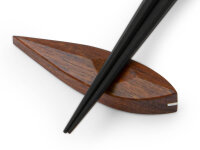
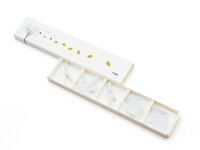
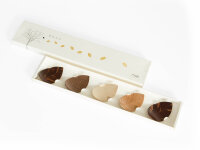
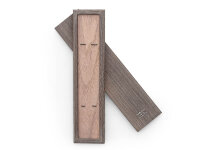
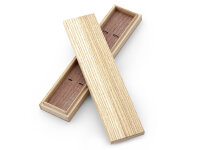
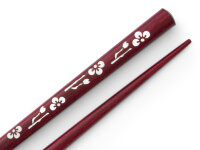

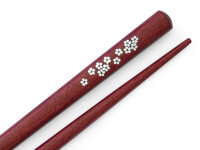










-from-the-yakiyaki-grill-pan.jpg)




